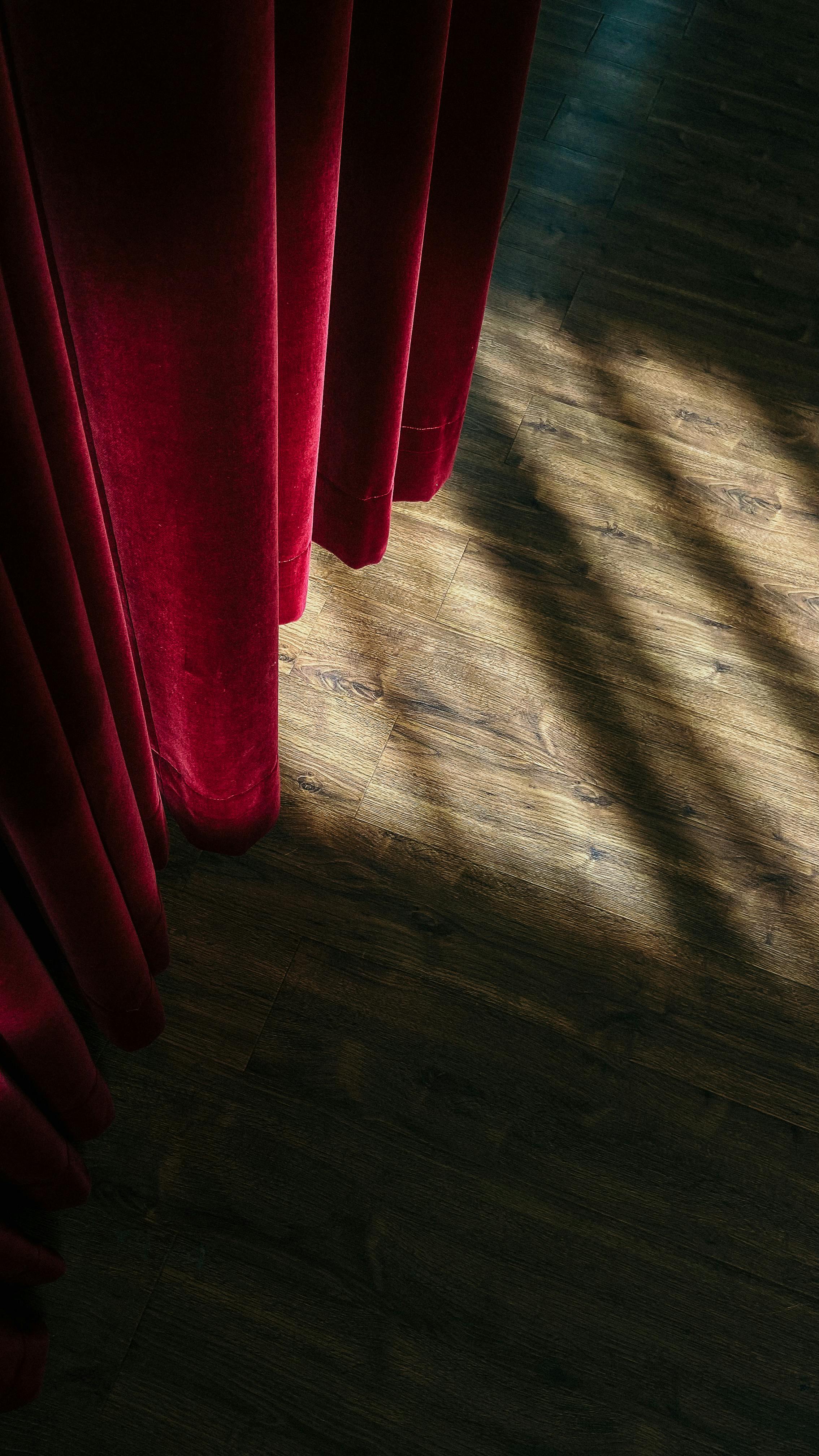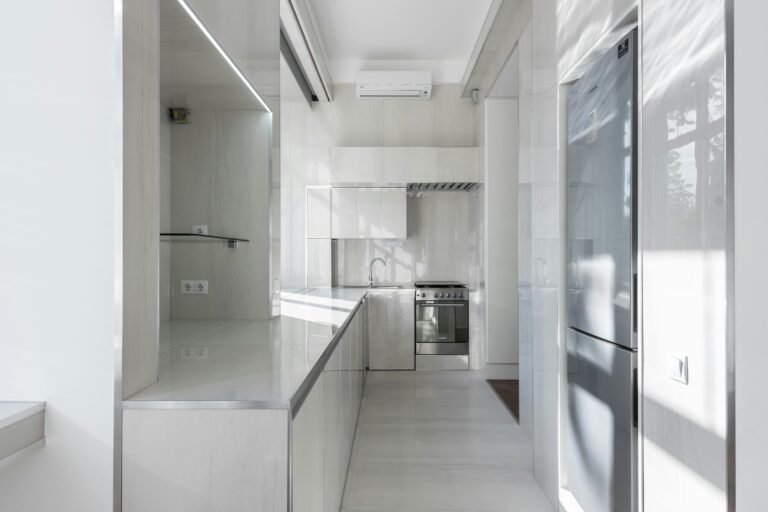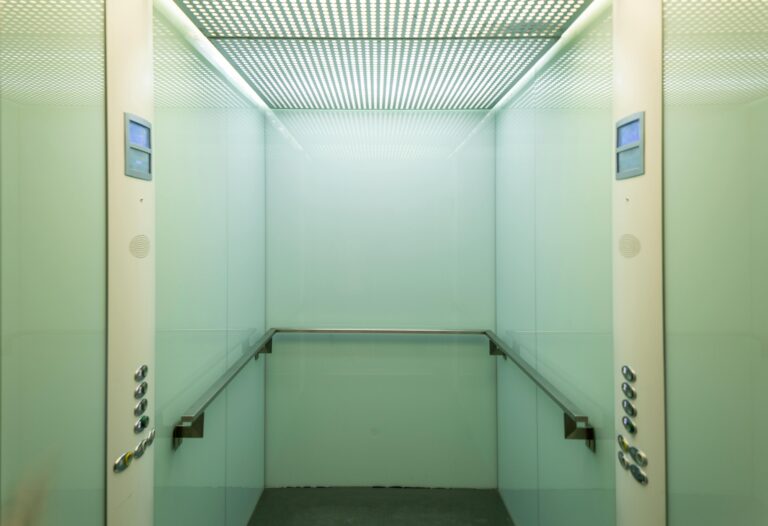Picture this: you walk into what should be a state-of-the-art home theater, only to discover tinny audio bouncing off bare walls, a massive screen dominating an otherwise sterile room, and seating that feels more like an afterthought than an invitation to escape. Despite investing hundreds of thousands of dollars, the space feels more like a glorified living room with expensive equipment than the cinematic sanctuary you envisioned.
The harsh reality is that most luxury home theaters fail because they prioritize technology over transformation. They focus on the latest gadgets rather than creating an immersive environment that transports you into another world. But visionary designers understand something crucial: true luxury home theater design isn’t about having the biggest screen or the most expensive speakers—it’s about orchestrating every element to create an emotional journey.
In this exploration of luxury home theater evolution, you’ll discover how the most innovative designers are reimagining entertainment spaces using cutting-edge acoustic engineering, immersive technology integration, and sophisticated design principles that transform ordinary rooms into extraordinary cinematic experiences.
The psychology of cinematic immersion
Understanding what makes a space truly cinematic begins with recognizing how our brains process sensory experiences. When you enter a professional cinema, your mind automatically shifts into a receptive state—a phenomenon designers call “environmental priming.” This psychological transition happens through carefully orchestrated visual, auditory, and tactile cues that signal your brain to suspend disbelief and embrace the experience.
Visionary home theater designers leverage this principle by creating what industry experts term “transition zones”—spaces that gradually shift your mindset from everyday life to cinematic immersion. This might involve dimmed lighting in approach corridors, the subtle sound of ventilation systems that mimic commercial theaters, or even the strategic placement of movie posters that build anticipation.

This Photo was taken by Photo By: Kaboompics.com.
The most successful luxury home theaters incorporate biophilic design elements that reduce stress and enhance focus. Natural materials like reclaimed wood acoustic panels or stone accent walls create a sense of grounding, while carefully controlled lighting mimics natural circadian rhythms to maintain comfort during extended viewing sessions.
Recent neuroscience research from 2024 reveals that spaces with proper acoustic treatment can reduce cortisol levels by up to 23% compared to untreated rooms. This physiological response directly impacts how immersed viewers feel in the content, making proper acoustic design not just a luxury but a necessity for true cinematic experience.
Color psychology in cinema spaces
The strategic use of color profoundly impacts how viewers perceive and engage with cinematic content. Deep, saturated colors like burgundy, charcoal, and midnight blue don’t just look sophisticated—they actively enhance contrast perception and reduce eye strain during extended viewing sessions. These colors also psychologically signal luxury and exclusivity, elevating the entire experience.
Smart designers avoid pure black walls, which can create an uncomfortable void-like feeling. Instead, they opt for rich, dark colors with subtle textural variations that provide visual interest without distraction. The goal is creating a space that feels enveloping rather than oppressive, intimate rather than claustrophobic.
Acoustic engineering: the invisible foundation of luxury
In 2025, acoustic engineering has evolved far beyond simply installing expensive speakers and calling it complete. Today’s visionary designers understand that superior acoustics result from treating the room as a musical instrument—every surface, angle, and material choice contributes to the final sonic performance.
The most sophisticated home theaters now employ “acoustic modeling” software that creates 3D simulations of how sound waves will behave in specific spaces before construction begins. This technology allows designers to identify potential issues like standing waves, flutter echoes, or dead spots and address them during the design phase rather than attempting costly corrections later.
| Acoustic Treatment Method | Frequency Range | Installation Cost (2025) | Effectiveness Rating |
|---|---|---|---|
| Custom Fabric-Wrapped Panels | 250Hz – 4kHz | $150-300 per sq ft | High |
| Perforated Wood Diffusers | 500Hz – 8kHz | $200-450 per sq ft | Very High |
| Micro-Perforated Metal Panels | 100Hz – 2kHz | $300-600 per sq ft | Exceptional |
| Tuned Resonant Absorbers | 40Hz – 200Hz | $400-800 per unit | Specialized |
Modern luxury home theaters integrate acoustic treatments so seamlessly that guests often don’t realize they’re present. Designer acoustic panels masquerade as artwork, while perforated screens hide powerful subwoofers, and decorative columns conceal sophisticated bass traps. This invisible integration maintains aesthetic beauty while delivering world-class audio performance.
The latest trend involves “adaptive acoustics”—systems that automatically adjust room characteristics based on content type. Watching an intimate dialogue-driven film triggers one acoustic profile, while action movies activate enhanced bass response and wider soundstage settings. This technology recognizes that different types of content require different acoustic environments for optimal impact.

This Photo was taken by Irina Zhur.
The science of spatial audio
Traditional surround sound systems are giving way to object-based audio technologies like Dolby Atmos and DTS:X, which treat sounds as three-dimensional objects moving through space rather than channels fixed to specific speakers. This evolution requires completely rethinking speaker placement and room acoustics.
Premium installations now feature height speakers integrated directly into custom ceiling treatments, creating the illusion that sounds originate from specific points in three-dimensional space. The most sophisticated systems can place audio objects within inches of their intended location, creating unprecedented realism that traditional surround sound cannot match.
Technology integration without visual pollution
The greatest challenge facing luxury home theater design in 2025 is integrating increasingly complex technology while maintaining visual elegance. The solution lies in what industry leaders call “invisible integration”—making sophisticated technology disappear into the architectural fabric of the space.
This approach extends far beyond hiding cables (though that remains important). Modern installations conceal entire equipment racks in climate-controlled adjacent rooms, use motorized panels to reveal screens only when needed, and integrate controls so seamlessly that operation feels intuitive rather than technical.
The most forward-thinking designs incorporate seamless smart home integration that allows the theater to communicate with other home systems. Dimming lights automatically when content begins, adjusting HVAC settings for optimal comfort during long viewing sessions, and even coordinating with security systems to ensure uninterrupted entertainment experiences.

This Photo was taken by Eda Yurtkuran.
Projection technology breakthroughs
Laser projectors have revolutionized home theater capabilities, offering benefits that extend far beyond simple image quality improvements. These systems require virtually no maintenance, operate sil


